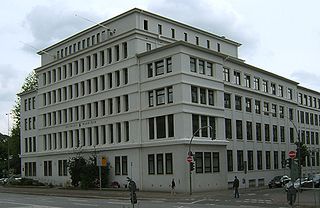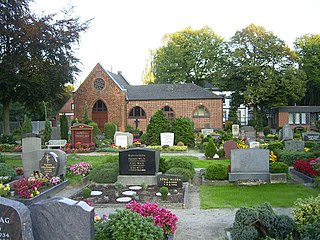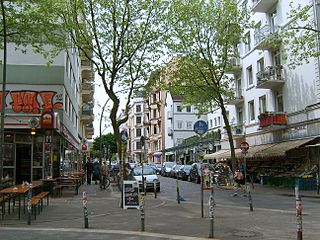Areal organisation
Altona borough consists of the quarters Altona-Altstadt, Altona-Nord, Bahrenfeld, Blankenese, Groß Flottbek, Iserbrook, Lurup, Nienstedten, Osdorf, Othmarschen, Ottensen, Rissen, Sternschanze, and Sülldorf.
The quarters Allermöhe, Altengamme, Bergedorf, Billwerder, Curslack, Kirchwerder, Lohbrügge, Moorfleet, Neuallermöhe, Neuengamme, Ochsenwerder, Reitbrook, Spadenland, and Tatenberg belong to the Bergedorf borough.
The quarters Billbrook, Billstedt, Borgfelde, Finkenwerder, HafenCity, Hamburg-Altstadt, Hamm, Hammerbrook, Horn, Kleiner Grasbrook, Neustadt, Neuwerk, Rothenburgsort, Steinwerder, St. Georg, St. Pauli, Veddel, Waltershof, and Wilhelmsburg belong to the borough Hamburg-Mitte.
Hamburg-Nord borough is made up of the quarters Alsterdorf, Barmbek-Nord, Barmbek-Süd, Dulsberg, Eppendorf, Fuhlsbüttel, Groß Borstel, Hoheluft-Ost, Hohenfelde, Langenhorn, Ohlsdorf, Uhlenhorst, and Winterhude.
Altenwerder, Cranz, Eißendorf, Francop, Gut Moor, Harburg, Hausbruch, Heimfeld, Langenbek, Marmstorf, Moorburg, Neuenfelde, Neugraben-Fischbek, Neuland, Rönneburg, Sinstorf, and Wilstorf are quarters in the borough of Harburg.
The Wandsbek borough consists of Bergstedt, Bramfeld, Duvenstedt, Eilbek, Farmsen-Berne, Hummelsbüttel, Jenfeld, Lemsahl-Mellingstedt, Marienthal, Poppenbüttel, Rahlstedt, Sasel, Steilshoop, Tonndorf, Volksdorf, Wandsbek, Wellingsbüttel, and Wohldorf-Ohlstedt.
Eimsbüttel is split into nine quarters: Eidelstedt, Eimsbüttel, Harvestehude, Hoheluft-West, Lokstedt, Niendorf, Rotherbaum, Schnelsen, and Stellingen.
For statistical purpose, the borough Hamburg-Mitte has the group/area called "Schiffsbevölkerung" (people living on ships). [8]



















